|
There are many reasons why you might be considering a retainer wall for your property, but before you start planting stakes and laying down materials, there are a few things you will want to take into consideration first. A little planning up front can help steer you away from a big investment that you ultimately regret or wish you could do over.
Tips for planning your retainer wall:
Of course, you can opt to build a retaining wall on your own. But, if this seems like too much to handle or more than you would like to take on, give your team of experts a call. We have built retaining walls for homeowners across Eugene, Springfield, and the surrounding areas. The professionals at Graham Landscape & Design can be reached by calling 541-729-8029.
0 Comments
There are many options when it comes to adding hardscape features to your landscape. This blog series focuses on a different landscape feature each time and will help you determine the best materials to use for each type of project. In this second blog of the series, we will explore two of the most popular options for retaining walls. This article should help you make a more informed choice when you are ready to pick your materials.
Blocks When it comes to building a retaining wall, the most common 'go to' material used is pre-formed blocks. Blocks offer several advantages including lower cost, uniform sizing making planning easy, a variety of colors and finishes, and quicker installation. Maintenance of a retaining wall made from blocks is fairly minimal — you can choose to add a sealant if you'd like and you also add capstones to create seating for lower walls. The only drawback is that while a block wall provides that 'clean' look, it can also be a bit boring if you're into walls with character. Blocks are readily available and can help you get your retaining wall finished and checked off the 'to do' list in short order. Natural Stone Natural stone is another common material for building retaining walls. While natural stone can be a tad more expensive, it's durability and character are second to none. Natural stone, when used for retaining walls, allows for interesting spaces between pieces where you can add moss, succulents, or other crevice-loving plants. Like blocks, you can choose stone in a variety of colors and textures, and you can also arrange them in ways possible to allow for seating. Working with natural stone can be more involved, requiring more planning, but the result is a beautiful, one-of-a-kind wall sure to be a gem in your landscape. Of course, there are other materials you can consider for your retaining wall, and we're happy to explore those options with you. Our team of experts can help weight the pros and cons of each option and help you choose the material that's right for your application. For more information about retaining walls, please give us a call. The professionals at Graham Landscape & Design are here to make sure you have the tools to make the best decision for your home. 541-729-8029 Graham Landscape & Design in Eugene, Oregon designed and built this cohesive hardscape including the paver patios, pathways, steps, and retaining wall for this Eugene area home. The residents were thrilled to make better use of their hillside yard.
Graham Landscape & Design in Eugene, Oregon designed and built this paver patio, retaining wall, and steps to add more functional space to this Eugene home.
|
OUR BLOG
Check here to see what we've been up to! Categories
All
|
|
|
Copyright © Graham Landscape Maintenance & Design LLC in Eugene Oregon. All rights reserved.
LCB # 8920 541-729-8029 34024 Old Willamette Hwy S., Eugene, OR 97405
Offering Landscape Design and Maintenance in Albany, Coburg, Corvallis, Cottage Grove, Eugene, Junction City, Roseburg, Springfield, Veneta and Surrounding Areas
LCB # 8920 541-729-8029 34024 Old Willamette Hwy S., Eugene, OR 97405
Offering Landscape Design and Maintenance in Albany, Coburg, Corvallis, Cottage Grove, Eugene, Junction City, Roseburg, Springfield, Veneta and Surrounding Areas
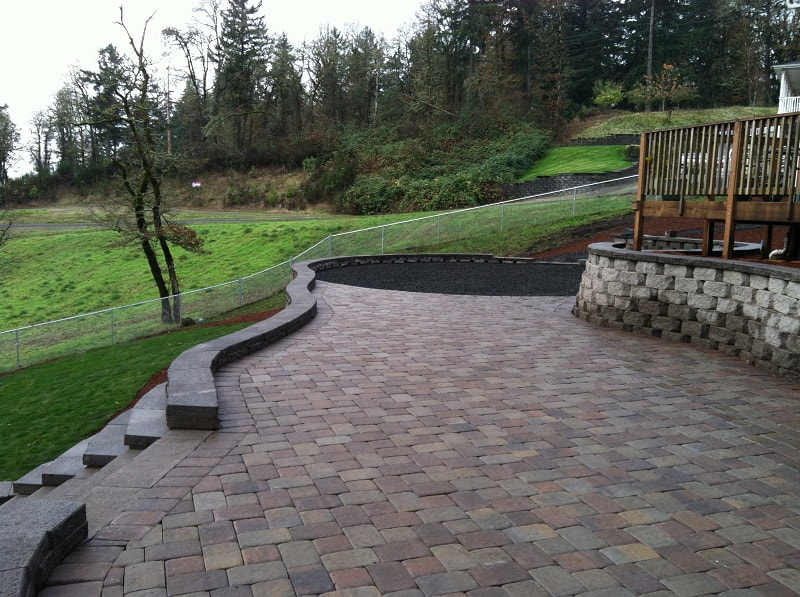
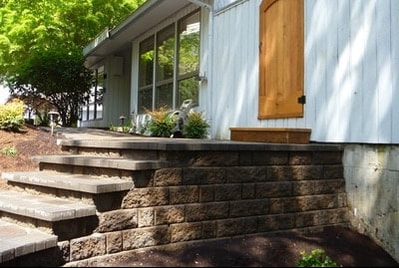
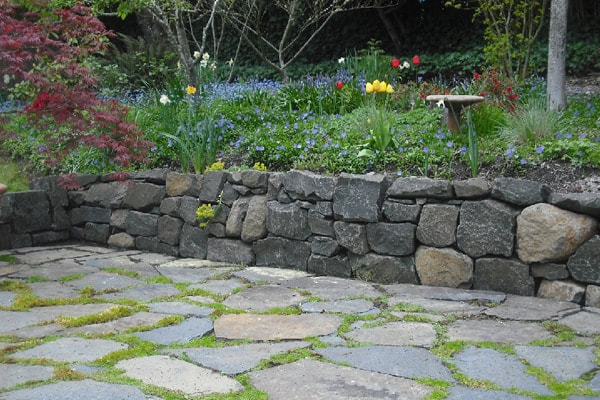
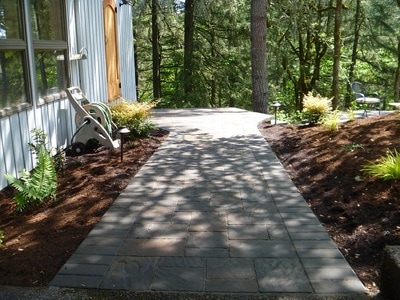
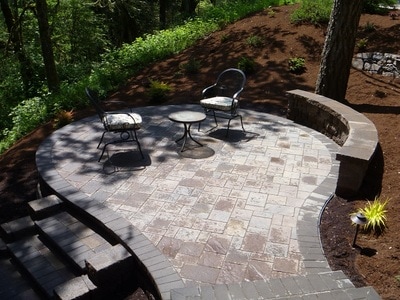
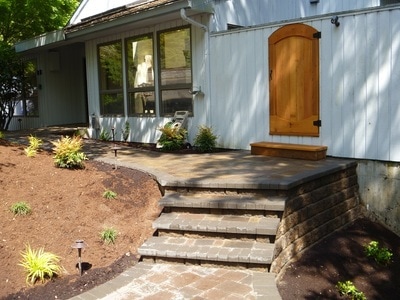
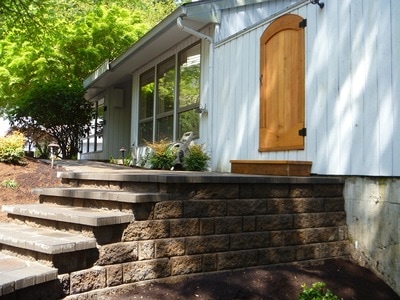
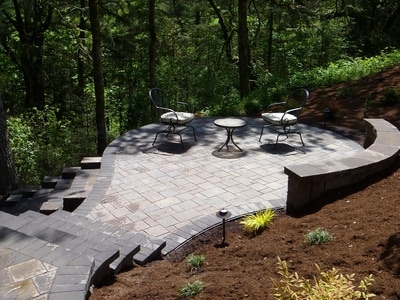
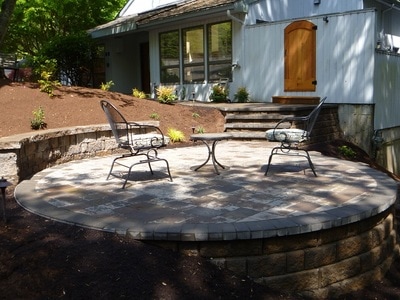
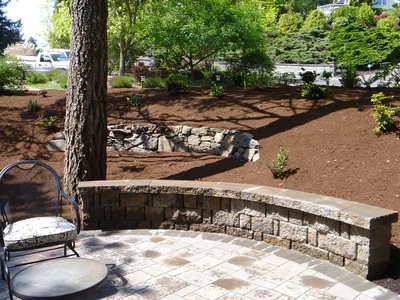
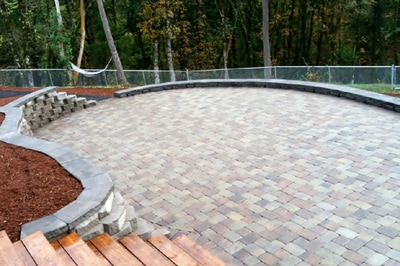
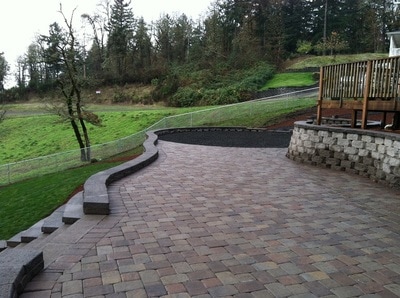
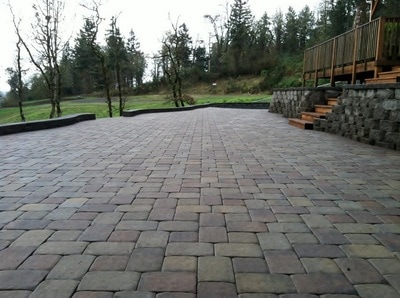
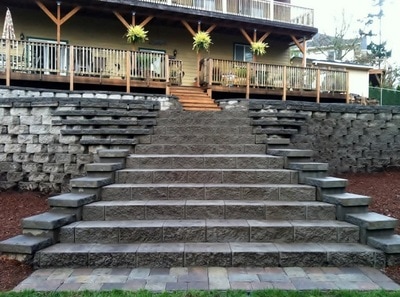
 RSS Feed
RSS Feed
